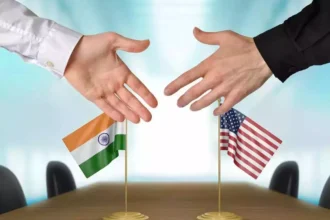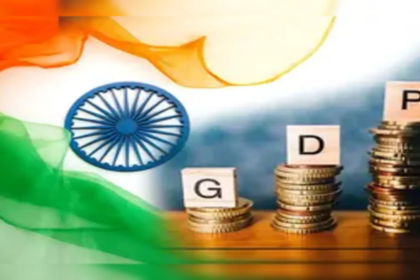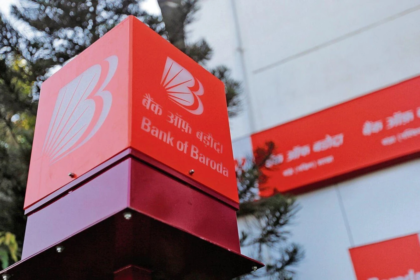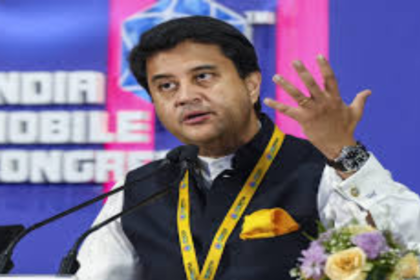India and the United States are once again sitting at the negotiation table, discussing ways to reduce tariffs and enhance trade relations. These talks are part of India’s broader strategy to lower trade barriers through bilateral agreements, following similar deals with Australia, the UAE, Switzerland, and Norway.
The idea of a trade deal between India and the US isn’t new. Talks had taken place during the Trump administration, but no formal agreement was reached. Now, with a fresh push from Indian Prime Minister Narendra Modi and US President Donald Trump, both countries are committed to making progress.
In February 2025, India and the US agreed to negotiate the first phase of the Bilateral Trade Agreement (BTA), focusing on reducing tariff and non-tariff barriers. This means looking at the extra charges applied on imports and exports and finding ways to make trade smoother. For India, this could mean better access for its goods in the US market, and for the US, it could mean reduced trade restrictions in India.
However, trade negotiations are never simple. Both countries have their own concerns and economic priorities. The US wants greater access to India’s growing market, while India is keen to protect its domestic industries from excessive foreign competition. Finding a middle ground will take time, and officials have cautioned that it’s too early to predict specific outcomes.
For now, these talks mark the beginning of a long process, with both sides aiming to finalize the agreement by the fall of 2025. If successful, this deal could deepen economic ties between the two nations, boost trade volumes, and open new opportunities for businesses on both sides.







